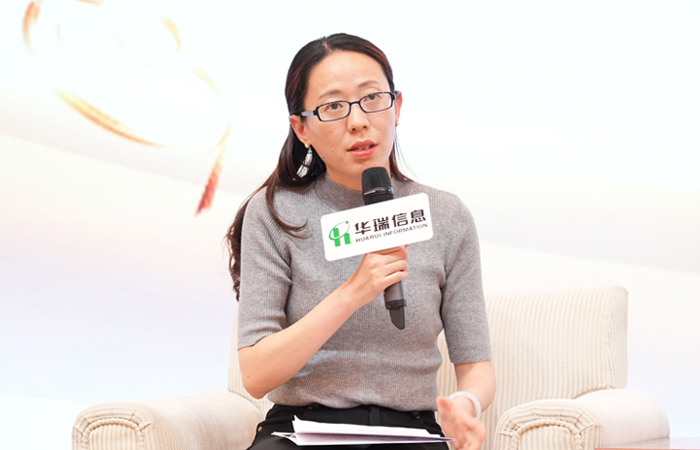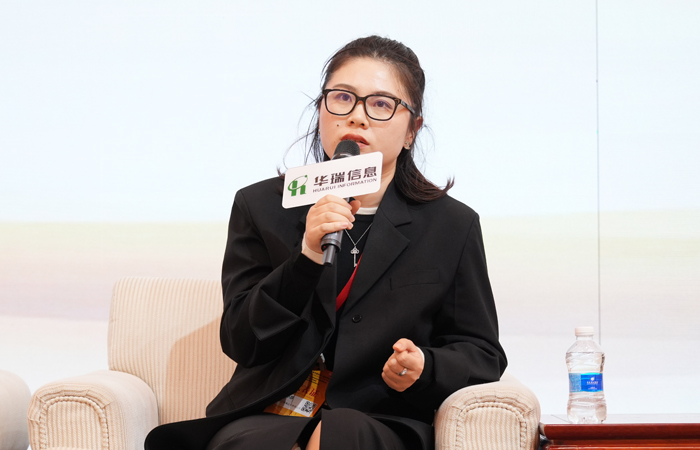High-end round table discussion: Will MEG market see a turnaround amid slowed capacity expansion?
——Host: Shi Jiaping, CCFGroup
High-end round table discussion: Will MEGmarket see a turnaround amidslowed capacity expansion?


Shi Jiaping, CCFGroup

Zhu Xiaosha, Zhejiang Hengyi Petrochemical Co., Ltd.

Cai Jian, Zhangjiagang Free Trade Zone Changjiang International Port Co., Ltd.

Ni Guomiao, CCFGroup

Fei Yang, Zhejiang CIEC Tongyu Industrial Co., Ltd.

Shi Hangqi, Rongsheng Petrochemical Co., Ltd.
Q1: What are views on the polyethylene market?
A1: Many plants are suffering severe ethylene losses, so there is a lot of pessimism about future performance. However, analysis suggests 2024 will be a year to catch our breath for ethylene - there will be many turnarounds supporting firmer pricing. And the degree of losses is gradually easing. Overall, the outlook is still optimistic.
Q2: From a syngas MEG perspective, how do you view the competition between oil-based and coal-based (MEG) processes as their impact on MEG increases?
A1: The survival environment for oil-based processes is challenging, with coal's share rising and impact on MEG increasing. It's difficult to compare outright, as it depends on the process. The future will focus on oil vs coal prices to determine feedstock competitiveness - widespread substitution is quite difficult.
Q3: As a polyester producer, how are you impacted by different MEG sources like oil or coal?
A2: Price is the most important factor, as well as quality - the cost/performance ratio is crucial. Quality is not just the product itself, but also downstream processing quality.
Q4: How do you view the exploration of coal-based MEG?
A2: Initially we felt it couldn't be used for filament yarn due to impurity impacts downstream. Now coal-based MEG is used for low-mid range filament yarn, but not high-end.
Q5: What are the technical bottlenecks for coal-based MEG?
A2: Impurity issues objectively exist for coal-based MEG. Currently using 20-30% in staple fiber production may be the relative limit. But as coal-based MEG equipment/technology upgrades, if production scale is maintained, end-uses will become more widespread.
Q6: What's your views on the decline in MEG imports?
A3: With reduced Saudi volumes to China, we hope operating rates can increase to an extent. Import volumes can still remain at relatively high levels - inventories are fairly ample and won't accumulate further.
Q7: From a product perspective, how do you view polyester demand this year versus last year?
The big picture is chemical fiber exports, especially filament yarn, will continue growing. This year's exports will face pressure from BIS certification and new overseas capacities. Shipping will also disrupt exports. While export growth is still expected this year, the pace may not match last year. Domestic demand growth is also expected to weaken. For polyester, the core focus is on new PET resin capacity startups and operating rate fluctuations.
Q8: What are the 2024 price expectations?
A1: Overall still optimistic. Everyone is avoiding MEG units - there aren't many units integrated with MEG, so capacity can be worked off. With lower imports and inventories also down, MEG prices will rise. But the price increase means capacity hasn't fully cleared. So far no sign of large-scale capacity cuts. The future still awaits higher polyester demand - prices are expected to range trade.
Q9: What else should we monitor?
A4: Definitely feeling lackluster demand this year, even more bleak. Government funds are quite tight. Similar for polyester - at 3% CPI, simulative demand will likely just hold stable this year. Another factor is exchange rates, which considerably impact imports/exports.
Q10: How do you view future market conditions?
A4: From a trading perspective, monitor three areas: switching between the three major ethylene derivatives; logistics information; and integrated cost updates, considering cost/profit balances across different chemical products. From a monthly spread view, also watch deliverable warehouse stocks.





